What Is Offsides In Soccer: Easy explanation and Rules
We are American. And often we will notice competitive rugby matches versus tactical football matches. However, if you have a need to see, understanding the law is also an extremely necessary thing. So do you know the definition of offsides in soccer yet? Let’s find out about “What is offsides in soccer” with Scott Fujita!
Contents
What is Offsides in Soccer?
An offside is the result of an attacking player getting closer to the opponent’s goal line than both the ball and the last defender.
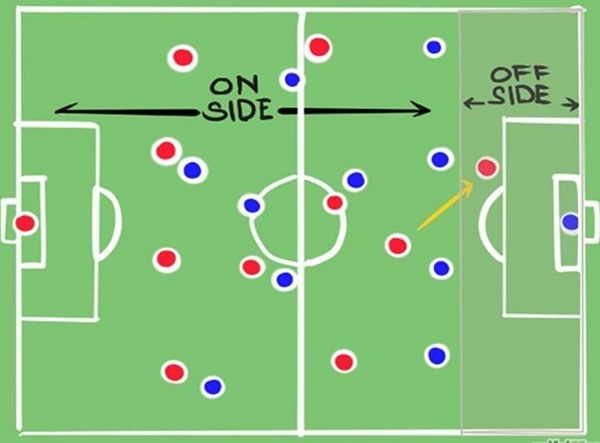
What is offside in soccer
According to FIFA rules, a player is penalized for offside “at the time the ball is touched or played by one of his teammates”
This means that every inch of a player’s head, body or feet, must be in front of the last defender when the ball is passed to them. Otherwise, they will be excluded.
If the referee determines that a player is offside, an indirect free kick is awarded to the opposing team. Which is conceptually the same as a regular free kick. But the ball must be passed to another player before a goal can be scored.
However, a player cannot be excluded if they receive the ball from a throw-in, kick-in or corner kick.
View more:
But those are good calls. Because we live in an imperfect universe, referees will at times miss a goal scorer from an offside position or disallow a truly deserved goal. It’s basically the place where football turns into a tearful soap opera by fans crying and screaming in the stands.
Law 11: Some of The Rules
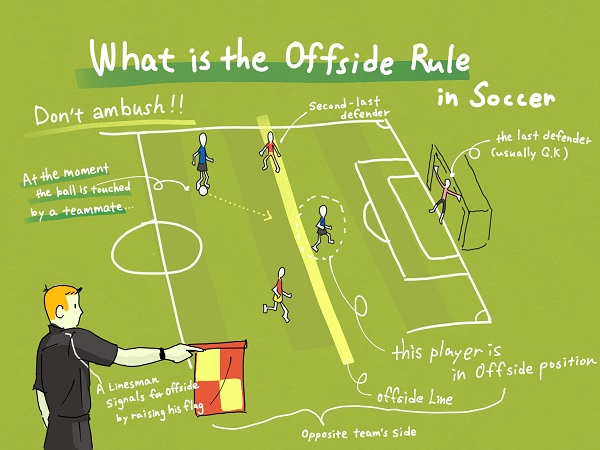
Law 11 official offside rules illustration.
1. Offside position
To be in an offside position, it is not an offense.
A player is in an offside position if:
- Any part of the head, body, or foot that is within the opponent’s half of the field (excluding half way).
- Any part of the head, body, or foot that is closer to an opponent’s touchline than both the ball and the second last opponent.
- Including the goalkeeper, the hands and arms of all players, are not considered. For the purpose of determining offside, the upper border of the arm is aligned with the lower line of the armpit.
If the player is level with, he is not in offside position:
- Second last opponent.
- The last two opponents.
2. Offside violation
A player who is in an offside position at the time the ball is played or touched by a teammate is penalized only for active participation by:
- interfere with play by playing or touching a ball passed or touched by a teammate or
Intervene with opponents
- clearly obstructing the opponent’s line of sight to prevent an opponent from playing or being able to play the ball or.
- challenge the opponent to win the ball or.
- clearly trying to play a close ball when the action hits an opponent or.
- take an action that clearly affects the opponent’s ability to play the ball.
- gain an advantage by interfering with an opponent or playing the ball when:
- bounced back or was deflected off the goal post, crossbar or opponent.
- intentionally saved by any opponent.
A player in an offside position who receives the ball from an opponent intentionally playing the ball, including intentionally using his hand to play the ball, is not considered to have gained an advantage, unless the opponent intentionally blocks it.
‘Save’ is when a player stops or tries to block a ball entering or very close to the goal with any part of the body except the hand/arm (unless the goalkeeper is in the box).
So, When is A Player Involved in Active Play?
According to the world’s official soccer governing body, FIFA, a player will actively interfere with play if they touch the ball after it has been passed to them by a teammate. However, a player can also affect play without touching the ball. Therefore he is penalized for offside if the referee feels that their offside position interferes with the opponent. For example by preventing an opponent from playing the ball. Or when obstructing a pass from the goalkeeper’s line of sight.
Players can also be penalized for offside if the referee thinks they have an advantage when they are offside. Such as when the ball lands on them after hitting the post or bouncing back from another player.
Exceptions and Edge Cases of Offside Rule
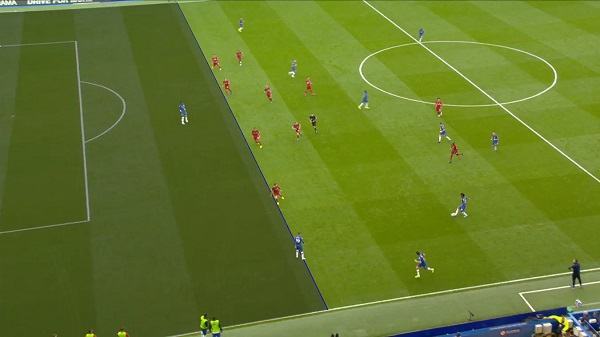
What does offsides mean in soccer? Offside position can be detected by VAR.
1. Know situations where offside cannot be ruled
A player cannot be penalized for offside when receiving the ball directly from a throw-in, corner or kick-in. In these situations, the ball was played left and all offsides were reset.
2. Understand resetting offside
When the defending team gains possession of the ball, the offensive team’s offside status is reset. Any attacker who was offside in the final match is now free to interfere in the match without penalty. However, there are some edge cases where it may not be clear whether this will happen. The referrer always makes the last call, but here are the general guidelines:
- If a defender accidentally deflects the ball or it bounces back to her, there will be no reset for offside. This includes an instinctive response to deflect the ball, although this can be a difficult ref call.
- If the defender makes a clearance to prevent the goal, there will be no reset for offside. By waiting at the goal, this prevents offside players from gaining an advantage.
- The defender must gain possession of the ball before the offside player intervenes. This can be subjective, but offside players are usually safe if approached from a long distance.
3. Take into account defenders who ran off the field
If a defender runs off the edge of the field due to his own momentum, he is still counted as a defender when playing inside and offside positions.
4. Consider offside players intervening from a distance
An offside player not approaching the ball can still be penalized if she blocks a defender’s line of sight in a way that interferes with their play. Since a rule was revised in 2013, this is the only way an offside player can receive a penalty without making contact with the defender or the ball. Gestures and shouting do not violate the offside rule, although they can receive penalties for bad behavior.
Final Words
Through this article, we hope you have understood what is offsides in soccer. As well as situations where a player on the field may or may not be offside. Follow our blog to read interesting articles!

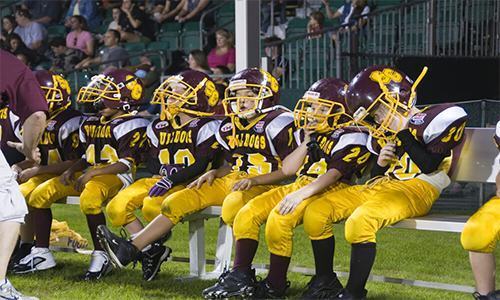
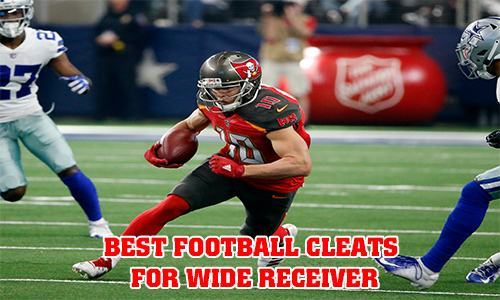
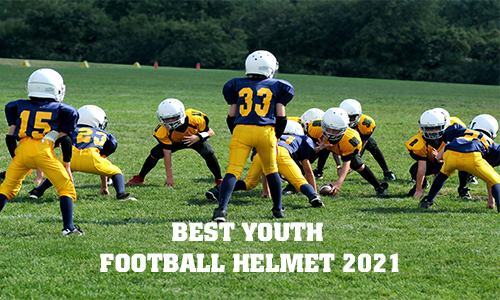
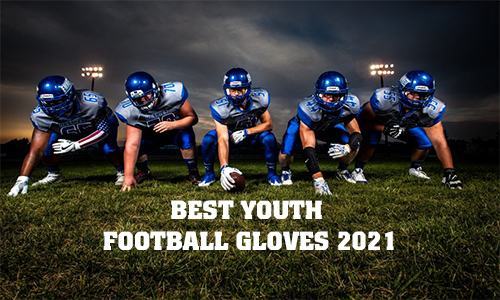
![[Top Rated] 10 best football gloves with best grip 2025 5 best football gloves 2021](https://www.scottfujita.com/wp-content/uploads/2021/03/best-football-gloves-2021.jpg)
![[Lastest Update] Top 10 Best Soccer Cleats For Kids 2025 6 Best soccer cleats for kids scott fujita](https://www.scottfujita.com/wp-content/uploads/2021/03/Best-soccer-cleats-for-kids-scott-fujita.jpg)




![[Top-Rated] The Best Basketball Shoes For Ankle Support 2025 11 best basketball shoes for ankle support scottfujita](https://www.scottfujita.com/wp-content/uploads/2021/07/best-basketball-shoes-for-ankle-support-scottfujita.jpg)




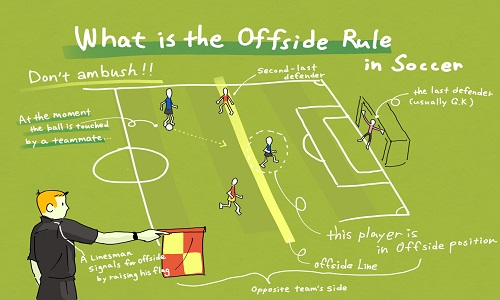
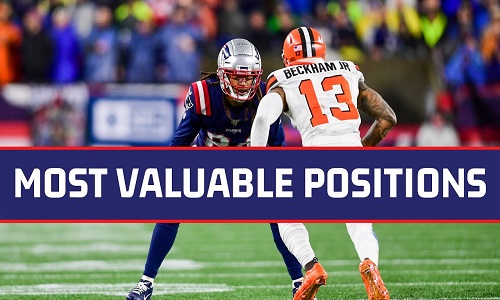

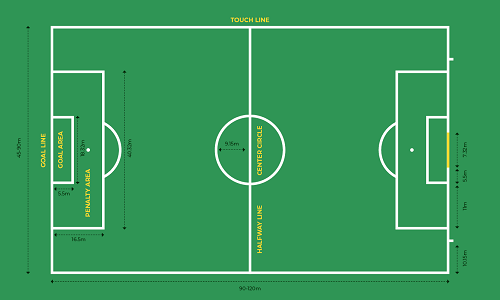

![What Are The 5 Positions In Basketball? [And Their Roles] 29 what are the 5 positions in basketball scottfujita](https://www.scottfujita.com/wp-content/uploads/2021/10/what-are-the-5-positions-in-basketball-scottfujita.jpg)


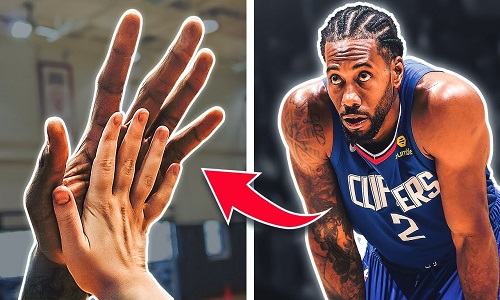
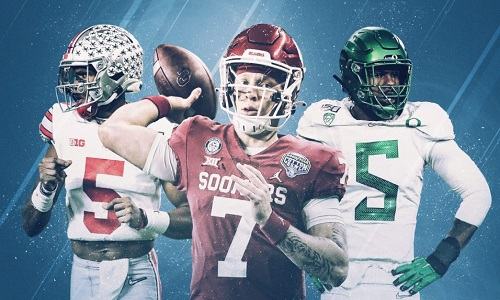


![Top 10 Best NBA Centers Of All Time [2024 Updated] 36 best nba centers of all time scottfujita](https://www.scottfujita.com/wp-content/uploads/2021/12/best-nba-centers-of-all-time-scottfujita.jpg)
![The Best Football Mouthguard 2024 [Reviewed & Compared] 37 best football mouthguard scottfujita](https://www.scottfujita.com/wp-content/uploads/2021/10/best-football-mouthguard-scottfujita.jpg)